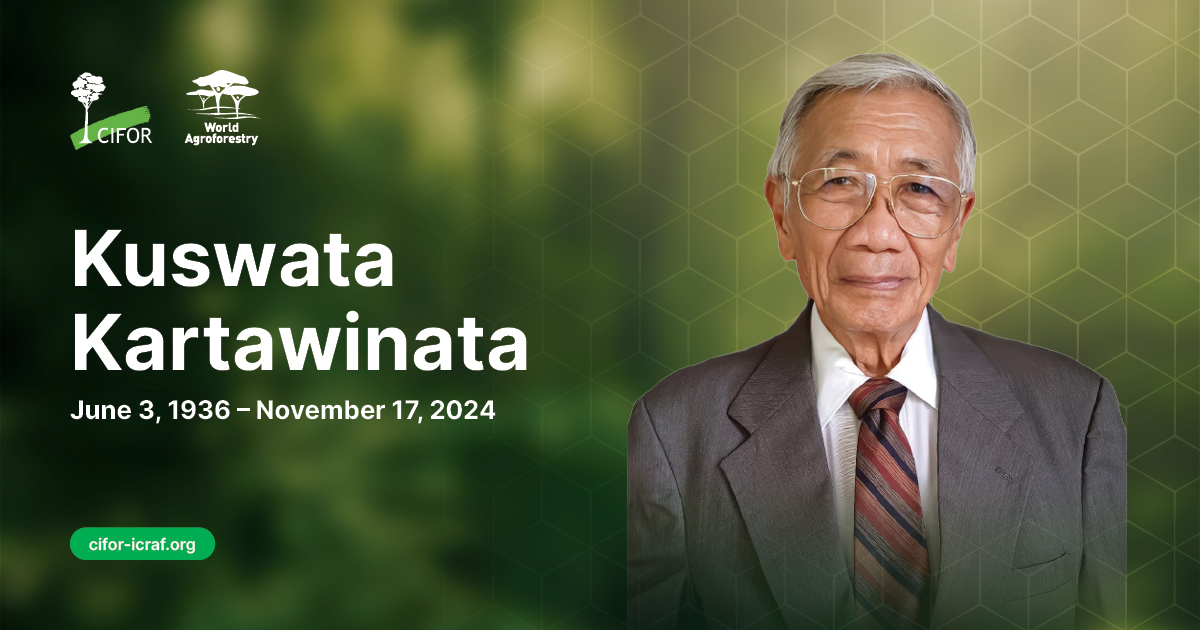Secondary forests in the flood plains are important from the ecological, social and economical point of view. In this paper the management of these areas and their contribution to the economy of riverine communities in the Jenaro Herrera district is presented. A total of 108 families in 12 communities located in the flood plains about Jenaro Herrera were interviewed. Eighty six percent of the land holders had their cropping areas located in the physiographic unit ‘restinqa', particularly in the new communities. Existing secondary forest fallows (locally called ‘purmas') in the flood plains were part of the cropping rotation cycle. Forty eight percent of the interviewed people were carrying out some management in their forest fallows, this being more intense in the ‘high restinga'. Species under silvicultural treatment were mainly Cedrela odorato (cedro) and Calicophyllum pruceanum (capiroria negra). Flood plain fallows provide around 7% of natural resources extracted in the zone, whereas fruits are the highest contribution in the total value of products.
Publication year
2000
Authors
Baluarte-Vasquez, J.; Freitas Alvarado, L.; van de Kop, P.; de Jong, W.; Inga-Sanchez, H.; Melendez Torres, W.
Language
Portuguese
Keywords
fallow, household surveys, socioeconomics, secondary forests, floodplains, local population























